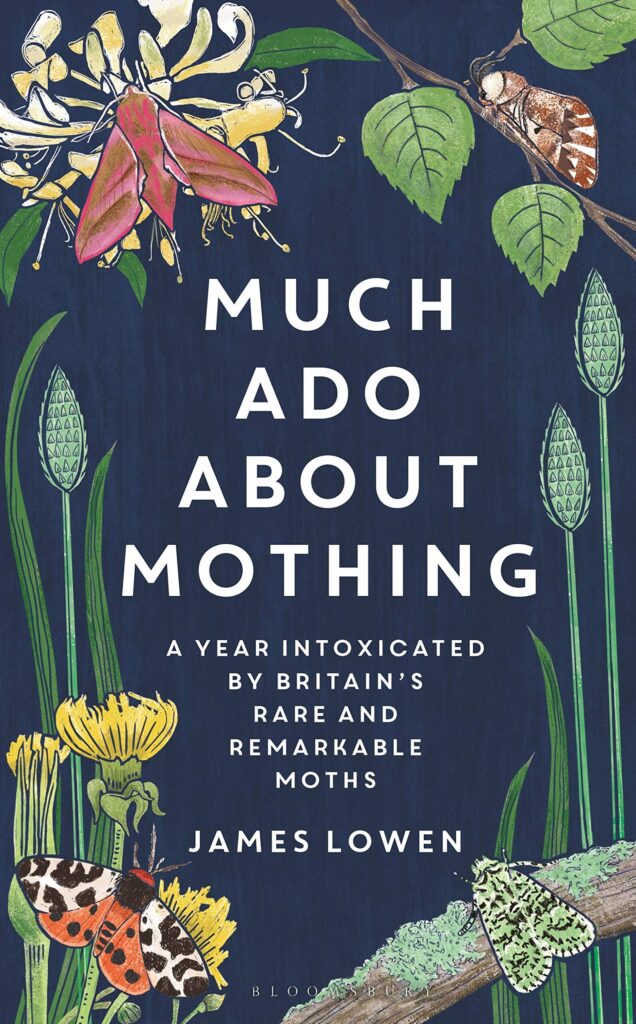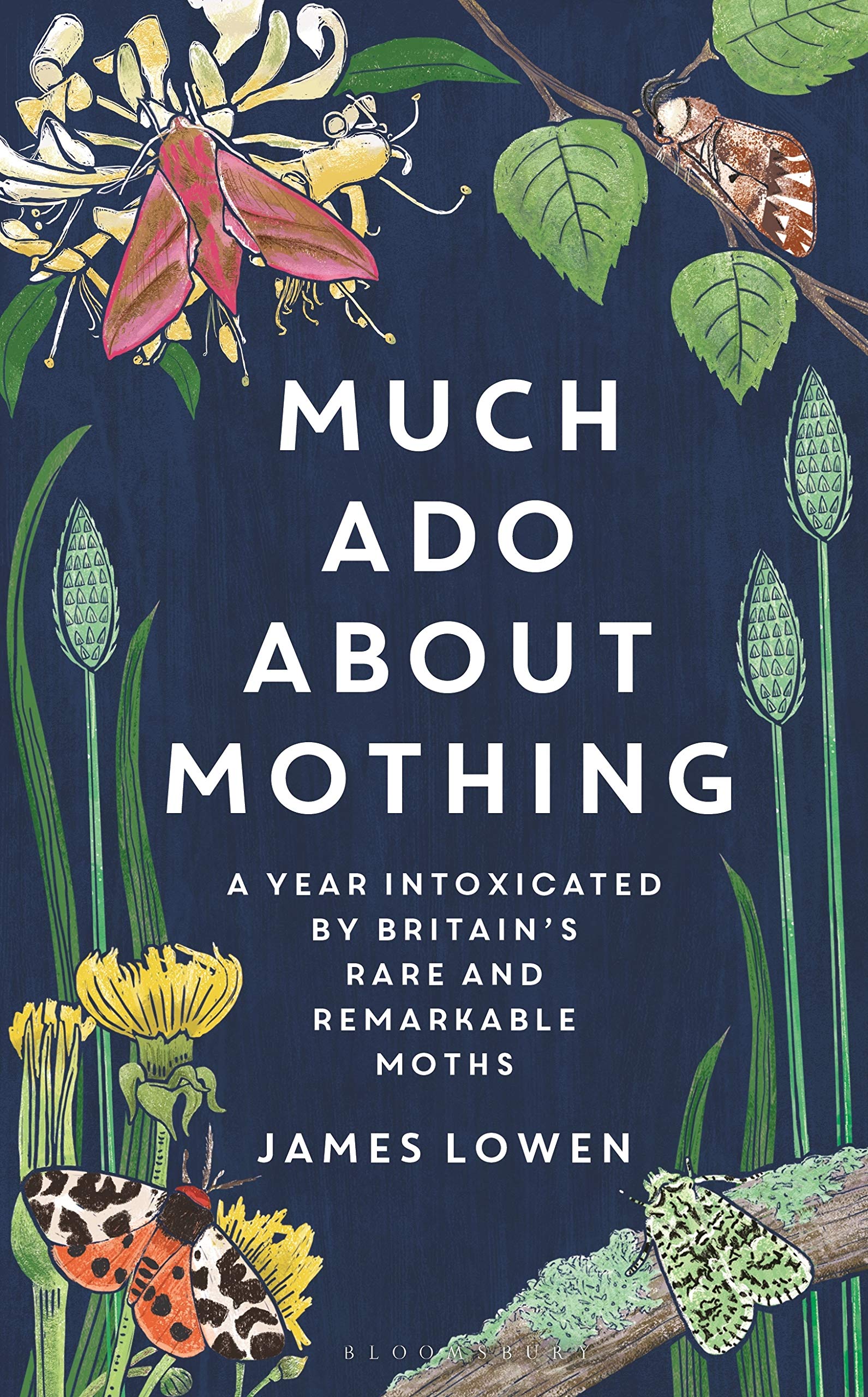The literature (as opposed to science textbooks and field guides) on British moths is fairly scant. There was P. B. M. Allen and A Moth-hunters Gossip (1947) and its sequels. There was Enjoying Moths (2001) by Roy Leverton and, if you include moth names, my own Emperors, Admirals and Chimney Sweepers (2019). And that is about it. So this new book, with its conversational style and witty title, is not competing in a crowded market. James Lowen’s approach to moths is ‘The Quest’. Unlike with butterflies, it is impossible to see all 2,500 British moths in a single year (a lifetime would be pushing it). Instead he chooses 120 of our rarest moths, ‘each with a story worth telling’, mostly macros but with a few selected micros, too. The book begins in January and ends in December, and in between he visits hedges and woods, moors, beaches and cliffs, natural grassland, fen and marsh, and the author’s own garden in Norwich. There are off-piste forays into entomological history, moth names (including a moth called Geoff), food-chains, conservation, nature deficit, Virginia Woolf and children’s natural love of insects.
With the author we enter a mostly nocturnal world of light-traps and wine-ropes, ‘fridge-ticking’ and ‘box-twitching’, setting up pheromone lures for clearwings and emperors, and hunting caterpillars on one’s knees by torchlight. In some ways, moth-ing is ‘gloriously lazy wildlife watching’, if you discount the humping around of generators and traps. You set up your lights in a promising spot and wait for the moths to come to you, and the rest is down to weather and luck. James Lowen seems to have a lot of luck (damn him!). Among many other things he is one of the very few to find a female Marsh Moth in the wild. His rare moths fly obediently into the trap or glow in the torch-beam, although sometimes only after a suspenseful wait or search. I particularly enjoyed the chapters on clearwings and burnet moths, perhaps because, for once, they did not involve light-traps. All moths were released unharmed. Today’s moth-ers collect only records.
A quest of this nature risks repetition, especially over 370 pages. The author’s fellow moth-ers are all cheerful and eager and sometimes ‘giggling’, but they are interchangeable, apart from Lowen’s obvious close bond with his moth-loving 8-year-old daughter Maya. Most of his literary energy lies in individualising the moths. He is a generous and imaginative, and, yes, ‘intoxicated’ describer. The quest has barely got going before we are introduced to the Pale Tussock’s ‘shag-pile furriness’ and the male Muslin Moth’s ‘grey mad-professor hair’. Some moths obviously make his mouth water. The Belted Beauty’s wings ‘swirl with cappuccino – frothy milk dusted with chocolate waves and veined with rich espresso’, while the White Spot moth seems to him ‘a chunk of Toblerone flecked with almond nougat’. His praise panegyric to the Kentish Glory is too long to quote here, but it includes ermine, ivory, russet fur, horse chestnuts, flurries of snow and black marker pen, plus a phoenix bursting into flame. The quips and jokes come thick and fast. His garden ‘confesses its inner nature reserve’. A plant is not simply overflower but ‘parched into tawny antiquity’. ‘I am succeeding at failure’, he cries at one point.
It is all quite good fun, though perhaps best tackled a chapter at a time rather than all in one go. After 14,000 miles, 139 locations and 258 days on the job, James Lowen claims that he enjoyed every minute (which is more than I can say for my own quest in Chasing the Ghost). As is the regrettable trend, he ditches the definite article in moth names and so it is Uncertain and Mullein, not The Uncertain and The Mullein Moth (I find that disrespectful, both to the moth and to the English language, but I am obviously preaching to the wilderness here). And one has to smile at the publisher’s claim that this book will be a revelation to all those who believe that moths are ‘clothes-munching, plant-destroying pests’. Those people are not going to read Much Ado About Mothing. The ones who will are people who love moths already, and know a bit about them, and so will not be dazzled by all the different moths that throng these pages. People who read British Wildlife, for instance.


